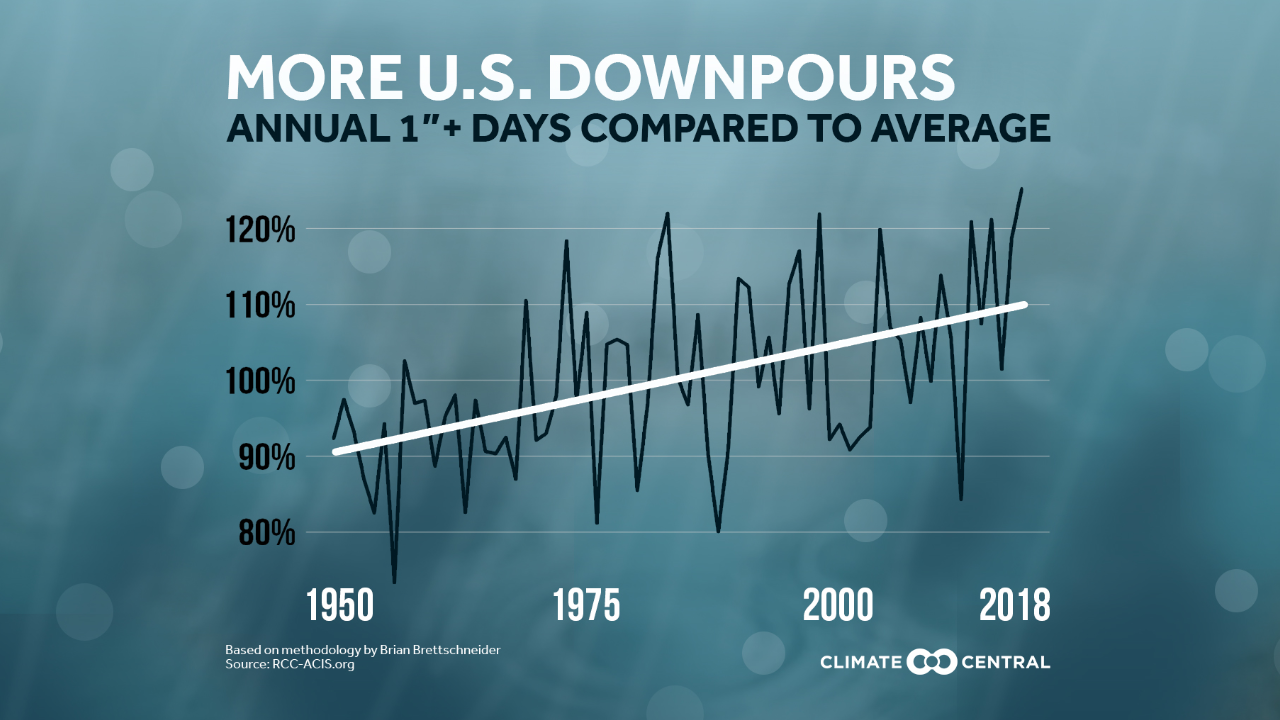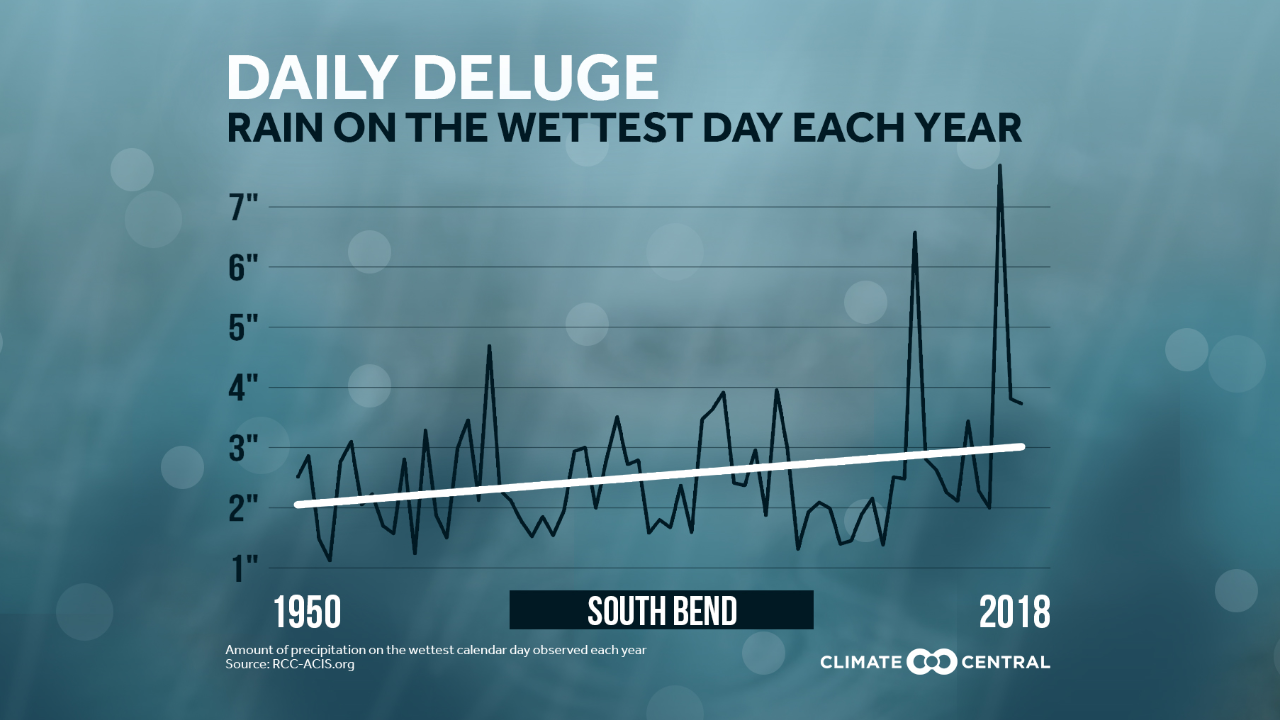On Thursday morning, a sink hole developed on a country road that runs over a culvert in Starke County. A Starke County Highway Department worker was driving along N 700 E road between 600 N and 700 N, when he noticed a hole in the road. This is a road that is well traveled by farm equipment and school buses for the high school near by. No one was hurt when the road started to collapse.
The Starke County Highway Dept. blocked off the stretch of road, and an engineer was called out to asses the situation. It was determined that the culvert pipe will need to be replaced with a larger one to adjust for the greater amount of water flowing through the ditch.
Rik Ritzler, the Highway Superintendent, explained that the pipes were put in around thirty to forty years ago, when the water flow through the ditch and culvert was much lower. Over the past few years, there has been a lot more rain and water, so they will have to adjust for the changing conditions. The Dept. plans to put larger culvert pipes in several other spots across Starke County too, in hopes that this will not happen again.
Just in the past twenty-four hours, the area received over one inch of rain. Some spots in Michiana receiving as much as four inches. These big rainfall events will likely cause more widespread damage like this to other spots in Michiana too. Downpours of one inch or more are becoming more common not just in Michiana, but also across the country. This study by Climate Central shows the increase in those rainfall events.
In South Bend, rainfall totals are trending higher on our wettest days each year.
This trend is increasing due to climate change and a warming atmosphere, with more precipitable water. Counties will need to keep taking preventative action to fix infrastructure as the climate changes.





